RovyVon S3 Flashlight Review
RovyVon has released the S3, a USB-C charging “keychain” flashlight that runs on a single 16340. Notably, the cell is replaceable! Read on!
Official Specs and Features
Here’s a link to the official product page.
Versions
A few versions of the RovyVon S3 flashlight are available. First, there is aluminum: red and black. Also available is titanium, with just one finish option.
Each of those is available in high output (Cree XP-G3) or high CRI/Neutral White (Nichia 219c). And it’s possible to have a tritium vial installed, too – two options there: blue or green.
Price
As seen in this review, the RovyVon S3 flashlight is $69.95. Tritium adds quite a bit, up to $99.95.
Titanium is unsurprisingly more costly, at $129.95 base price, or $159.95 with tritium installed.
Short Review
We asked enough for RovyVon to use replaceable cells, and here’s the result. The RovyVon S3 flashlight offers a replaceable 16340, and tons of other features… I think you have to hate flashlights to dislike this one. At $70 base price, it’s a little costly, but with the feature set, I can’t really say it’s expensive. I like it!
Long Review
The Big Table
| RovyVon S3 (Red) Flashlight | |
|---|---|
| Emitter: | Nichia 219c (NW, High CRI) |
| Price in USD at publication time: | $69.95 |
| Cell: | 1×16340 |
| Turbo Runtime Graph | High Runtime Graph |
| LVP? | Yes |
| Switch Type: | E-Switch |
| Quiescent Current (mA): | ? |
| On-Board Charging? | Yes |
| Charge Port Type: | USB-C |
| Charge Graph | |
| Power off Charge Port | |
| Claimed Lumens (lm) | 1200 |
| Measured Lumens (at 30s) | 956 (79.7% of claim)^ |
| Candela per Lumen | 4.5 |
| Claimed Throw (m) | 126 |
| Candela (Calculated) in cd (at 30s) | 336lux @ 3.565m = 4270cd |
| Throw (Calculated) (m) | 130.7 (103.7% of claim)^ |
| All my RovyVon reviews! | |
^ Measurement disclaimer: Testing flashlights is my hobby. I use hobbyist-level equipment for testing, including some I made myself. Try not to get buried in the details of manufacturer specifications versus measurements recorded here; A certain amount of difference (say, 10 or 15%) is perfectly reasonable.
What’s Included
- RovyVon S3 flashlight
- RovyVon 650mAh 16340
- Charge cable (USB to USB-C)
- Lanyard
- Spare charge port cover
- Spare o-ring
- Manual etc
Package and Manual
Build Quality and Disassembly
I always say orange is the hardest color to white balance, but this red was quite difficult, too. I did my best, and can say what you see here matches what I see in my hand pretty well… This is a deep red-ish color, but not quite proper “red.” Most likely “magenta” is a better name.
Magenta is fine though, and as far as build quality there are no complaints.
As far as design, I might say I could do without this glass-breaking ball on the tailcap. This nearly prevents tailstanding, and does make it a little wobbly.
Here you can better see how proud the glass-breaking ceramic ball is. Even if that wasn’t there, the charge port cover would be in the way just a little.
Also in this photo, you can see the tritium slot. This is an “advanced” tritium slot because this one slot is visible twice – top and side. This is a great way to get the most money out of your expensive tritium. One more thing can be seen in this photo: The anodizing on the tailcap does not match in color perfectly. It’s just a shade – maybe half a shade – deeper. This stands out in the photos, but in hand, I’m skeptical that I can even notice it. During use, never.
Only the tailcap comes off the RovyVon S3 flashlight. These threads are big and beefy unanodized square-cut threads. They’re smooth and have a pretty good start.
Inside the tailcap, check out all the happenings. There’s a spring in the tailcap. There’s a pin that makes contact with the ring on the tailcap…
I would posture that this pin is used in charging, but otherwise the setup is pretty standard.
Size and Comps
Length: 69.6mm/2.74″
Diameter: 24.8mm/0.97″
Weight 78g/2.75oz with the battery and pocket clip.
If the flashlight will headstand, I’ll show it here (usually the third photo). If the flashlight will tailstand, I’ll show that here, too (usually the fourth photo).
Here’s the test light with the venerable Convoy S2+. Mine’s a custom “baked” edition Nichia 219b triple. A very nice 18650 light.
And here’s the light beside my custom engraved TorchLAB BOSS 35, an 18350 light. I reviewed the aluminum version of that light in both 35 and 70 formats.
Retention and Carry
There are a few ways to carry the RovyVon S3 flashlight. In fact, probably more ways for handling this flashlight than most. First is the pocket clip. It’s a fairly standard friction fit pocket clip, with a mouth that hits right on a smooth spot in the body – very easy to use.
Next is the tripod hole on the pocket clip. This hole is a threaded insert and quite high quality.
In this “threaded ring” area, the clip has a good bit of spacing from the body. You may want to be sure your tripod screw isn’t too long, but I don’t think you’ll really run the risk of scratching the light with a screw.
Next up is the lanyard hole, which is large and easily accessible on the tail cap.
Alternatively, and only if you don’t have a tritium vial installed, you can run the lanyard through the tritium slot. Remember, it’s cleverly got two openings!
Power and Runtime
The RovyVon S3 flashlight is powered by a single lithium-ion cell. RovyVon provides the cell: a 650mAh 16340.
This cell is a standard button top.
It’s installed into the RovyVon S3 flashlight in the usual way – positive terminal toward the head.
The switch will turn red to indicate the cell has low voltage.
Charging
A nice feature that RovyVon has kept (as many of their other lights have it, too) is charging. There’s a USB-C port in the tailcap, and it has a press-in rubber cover. There’s a spare cover, too.
An appropriate cable is included. It’s USB to USB-C.
The switch stays red while charging is ongoing. It’ll turn blue when charging is complete.
Modes and Currents
| Mode | Mode Claimed Output (lm) | Claimed Runtime | Measured Lumens | Tailcap Amps |
|---|---|---|---|---|
| Turbo | 1200/500 | 3m/50m | 956 | – |
| High | 400/240 | 3m/130m | 344 | – |
| Medium | 60 | 4.5h | 68 | – |
| Low | 4 | 22h | 4.5 | – |
Pulse Width Modulation
No PWM on any mode.
Here you can see a “baseline” – a chart with almost no light hitting the sensor.
Then there’s the Ultrafire WF-602C flashlight, which has some of the worst PWM I’ve seen. It’s so bad that I used a post about it to explain PWM! Here are multiple timescales (10ms, 5ms, 2ms, 1ms, 0.5ms, 0.2ms) to make comparing this “worst” PWM light to the test light easier. That post also explains why I didn’t test the WF-602C at the usual 50us scale.
User Interface and Operation
RovyVon has used an e-switch on the S3. It’s a side e-switch, and it has an indicating feature in the center.
The switch has a raised ring not all that different from a light like the RovyVon A24Ti. That’s good; that’s a great switch. This switch adds an indication feature, too, which is an improvement. Give RovyVon credit! They’ve taken a lot of input and made a light that answers that input.
Here’s a user interface table!
| State | Action | Result |
|---|---|---|
| Off | Click | Low |
| Off | Hold | Momentary Turbo |
| Any | Double Click | On (mode memory) |
| On | Click | Mode advance (LMHT) |
| On (Except if On in Low from single click) | Hold | Off |
| Low | Click | Off |
| Any | Click 3x | Strobe |
| Strobe | Click | SOS |
LED and Beam
Used in the RovyVon S3 flashlight are three emitters. In my case, these are Nichia 219c, neutral white, and high CRI. Also available is a Cree XP-G3 option in cool white, which is not high CRI but has a much higher output.
This is a triple but doesn’t use a Carclo optic – in this light is a LEDiL optic. I think this optic is a bit shorter than the Carclo type, and I do not believe the two are interchangeable. However, this optic is great, and I have no complaints.
LED Color Report (CRI and CCT)
Beamshots
These beamshots always have the following settings: f8, ISO100, 0.3s shutter, and manual 5000K exposure. These photos are taken at floor level, and the beam hits the ceiling around 9 feet away.
Tint vs BLF-348 (KillzoneFlashlights.com 219b version) (affiliate link)
I keep the test flashlight on the left and the BLF-348 reference flashlight on the right.
I compare everything to the KillzoneFlashlights.com 219b BLF-348 because it’s inexpensive and has the best tint!
Conclusion
What I like
- Nichia 219c emitters
- High CRI option
- Neutral white option
- USB-C Charging works well
- Tripod threads in clip (though a sleeker clip without that might be a nice accessory)
- Uses standard 16340
- Includes standard 16340
- Great e-switch
What I don’t like
- Glass-breaking ball – not a feature I need in this light
- Quite wide for a 16340 light
- The user interface can be a bit complicated, with the “if’s”
Notes
- This light was provided by RovyVon for review. I was not paid to write this review.
- This content originally appeared at zeroair.org. Please visit there for the best experience!
- For flashlight-related patches, stickers, and gear, head over to PhotonPhreaks.com!
- Please use my amazon.com referral link to help support zeroair.org!
- Please support me on Patreon! I deeply appreciate your support!







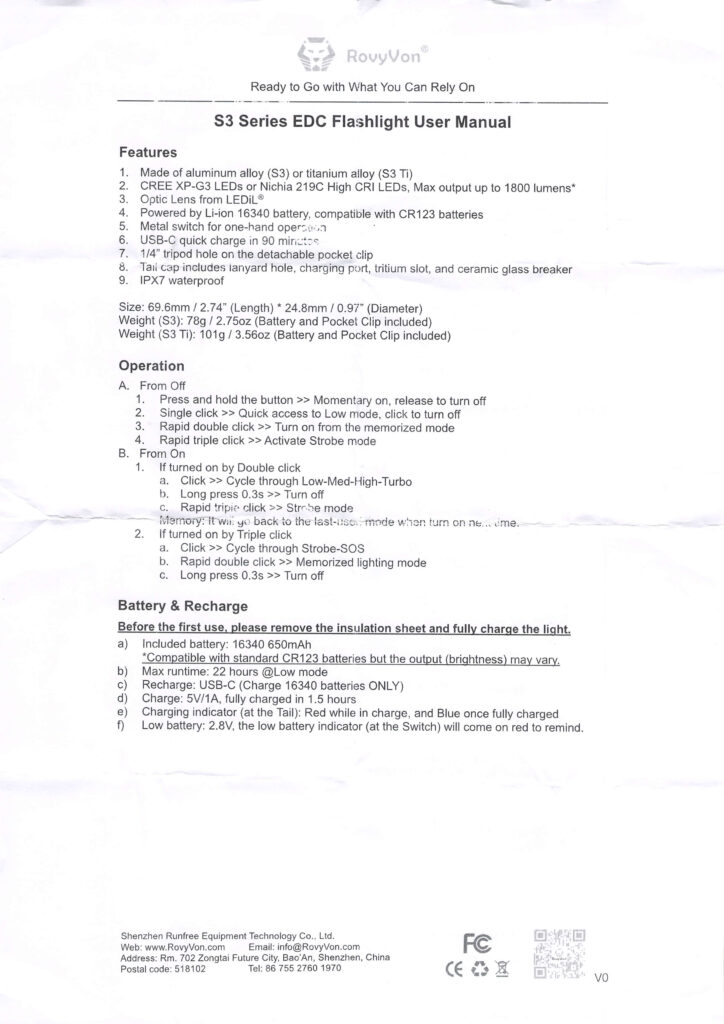

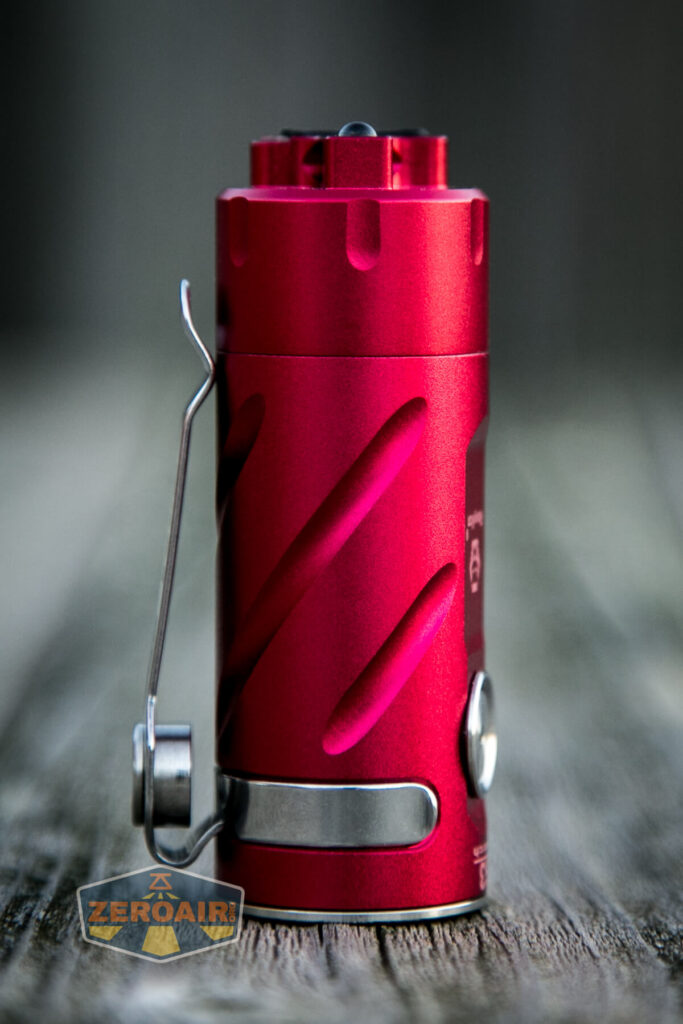


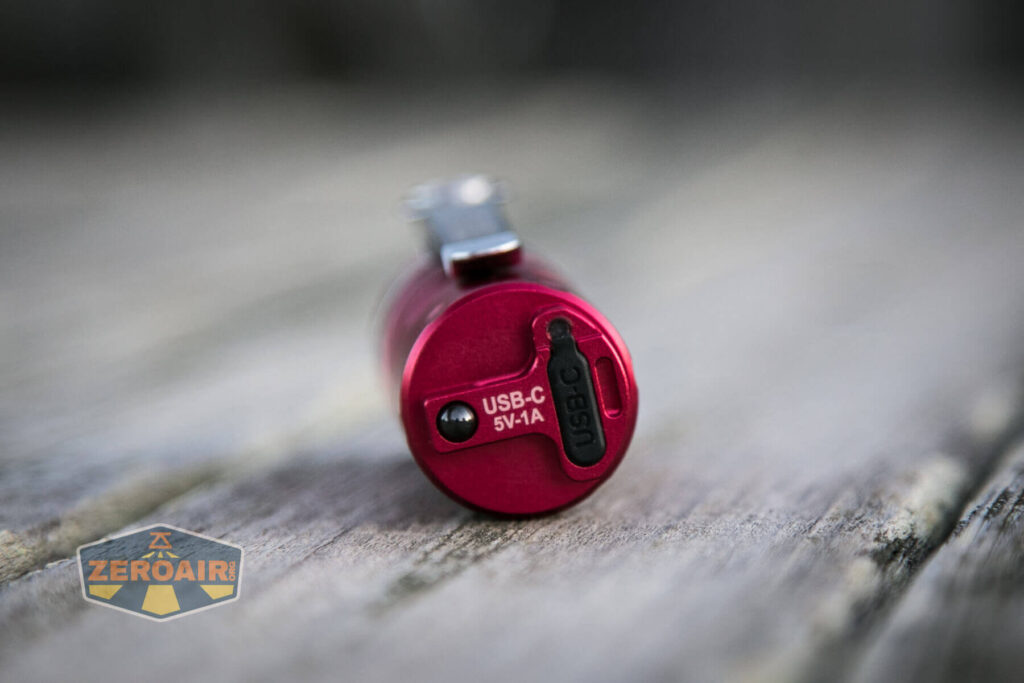

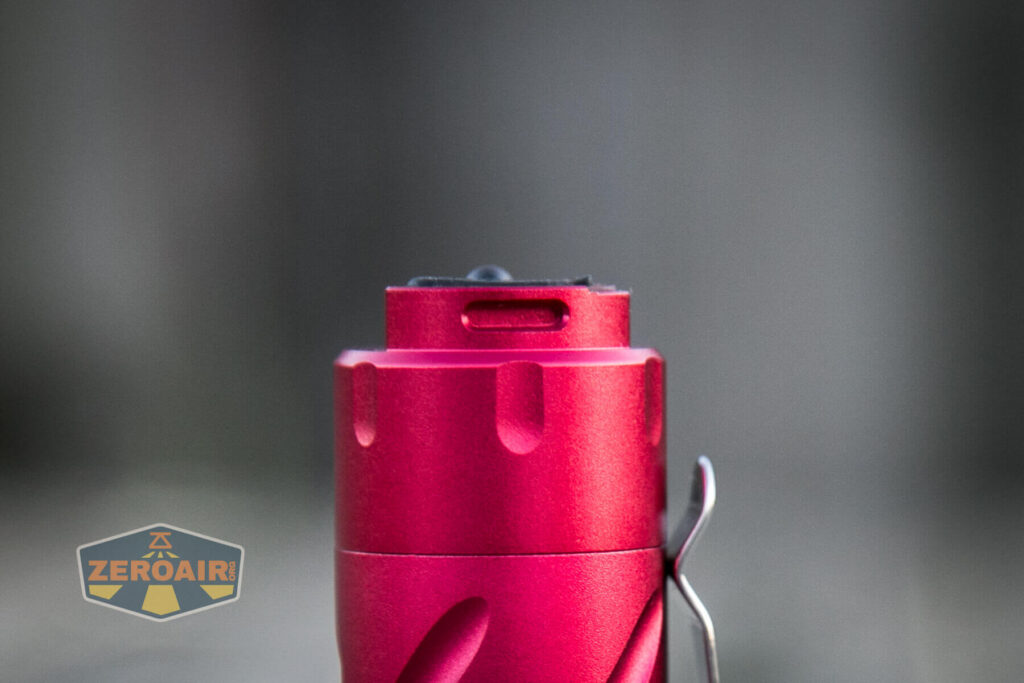
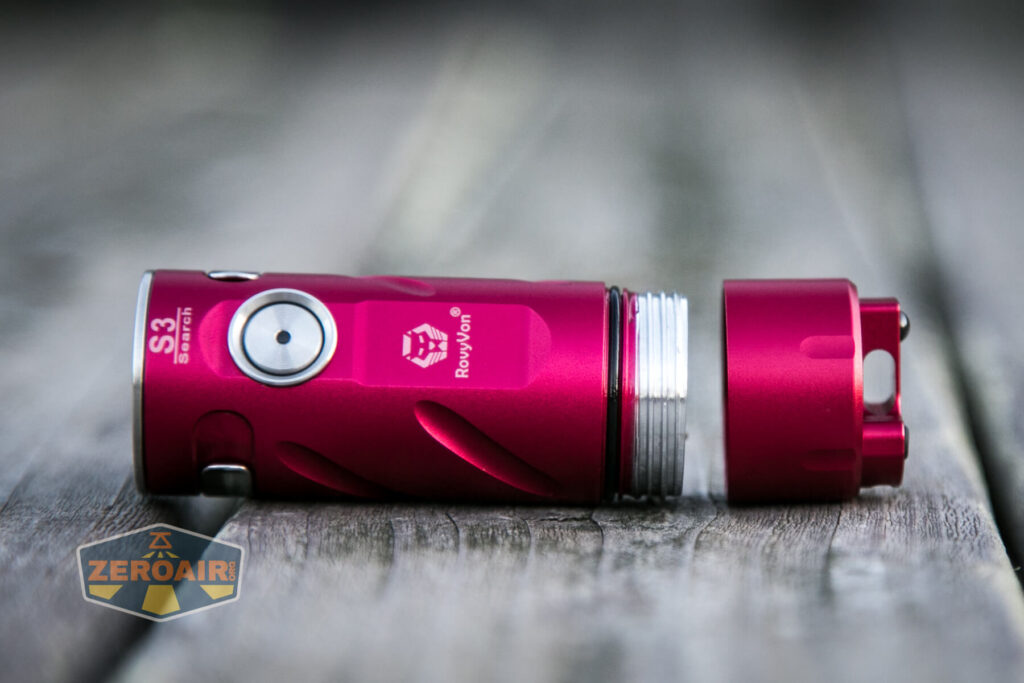


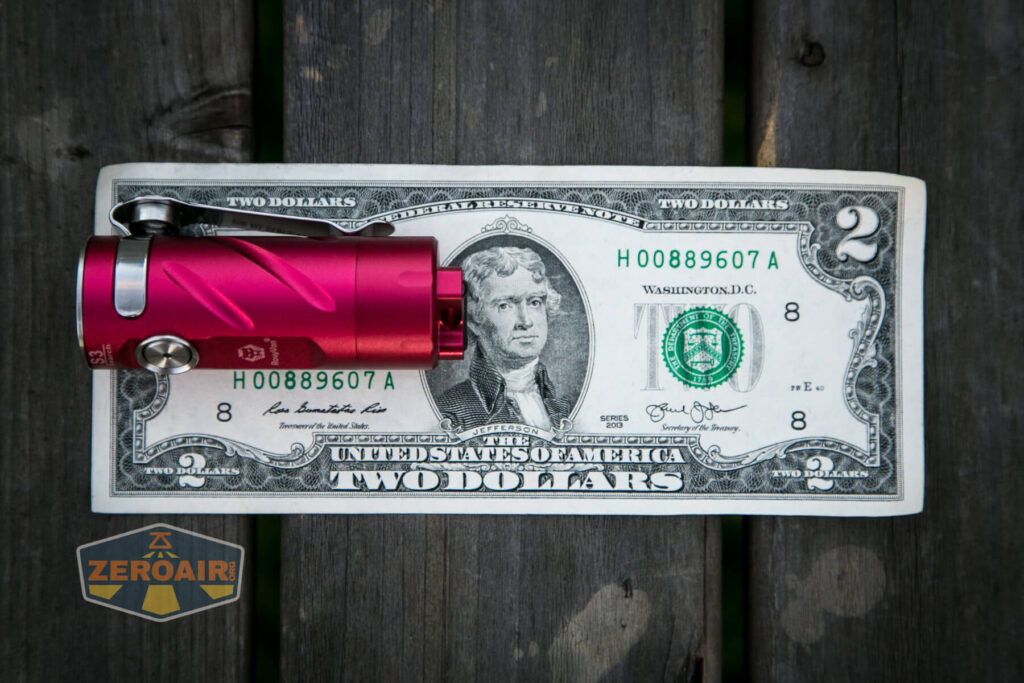
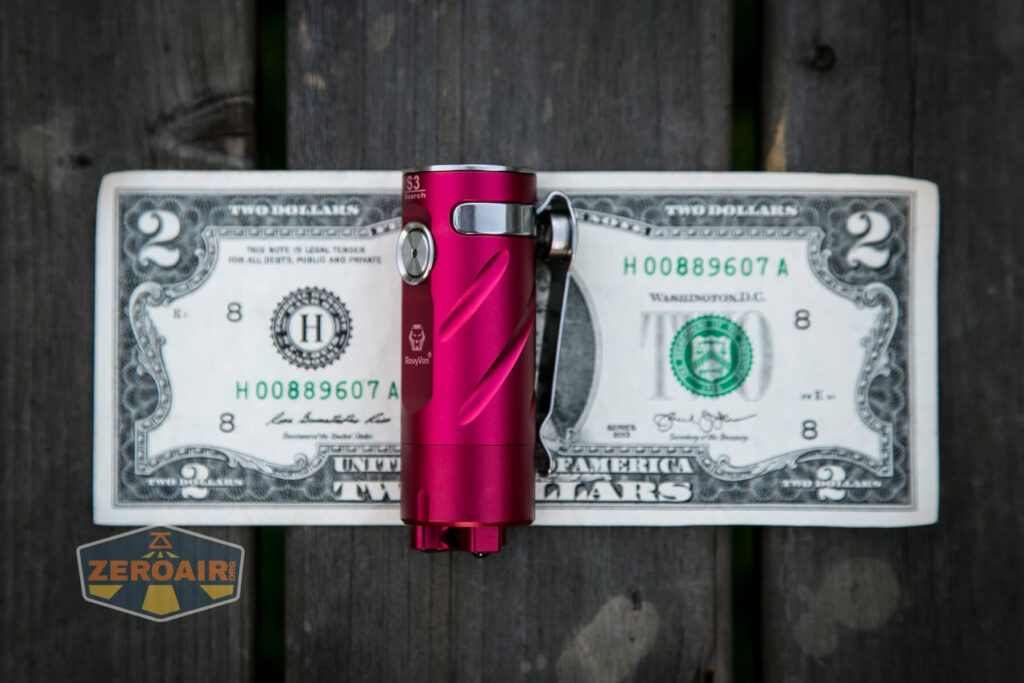






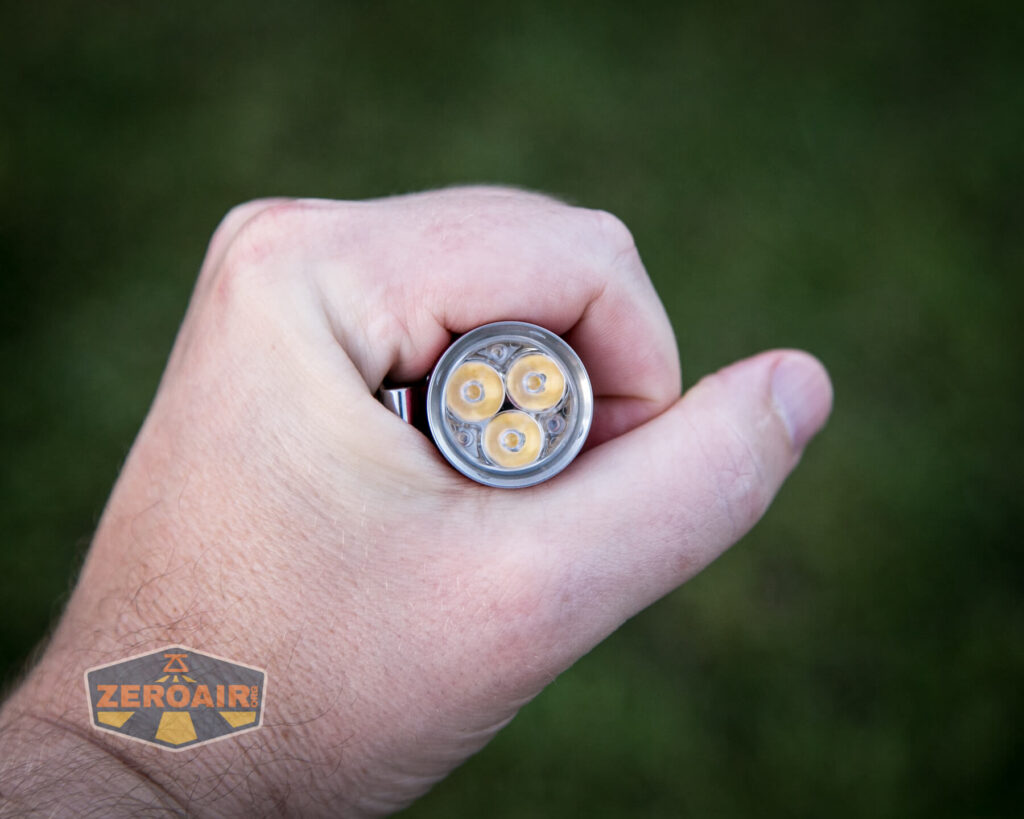
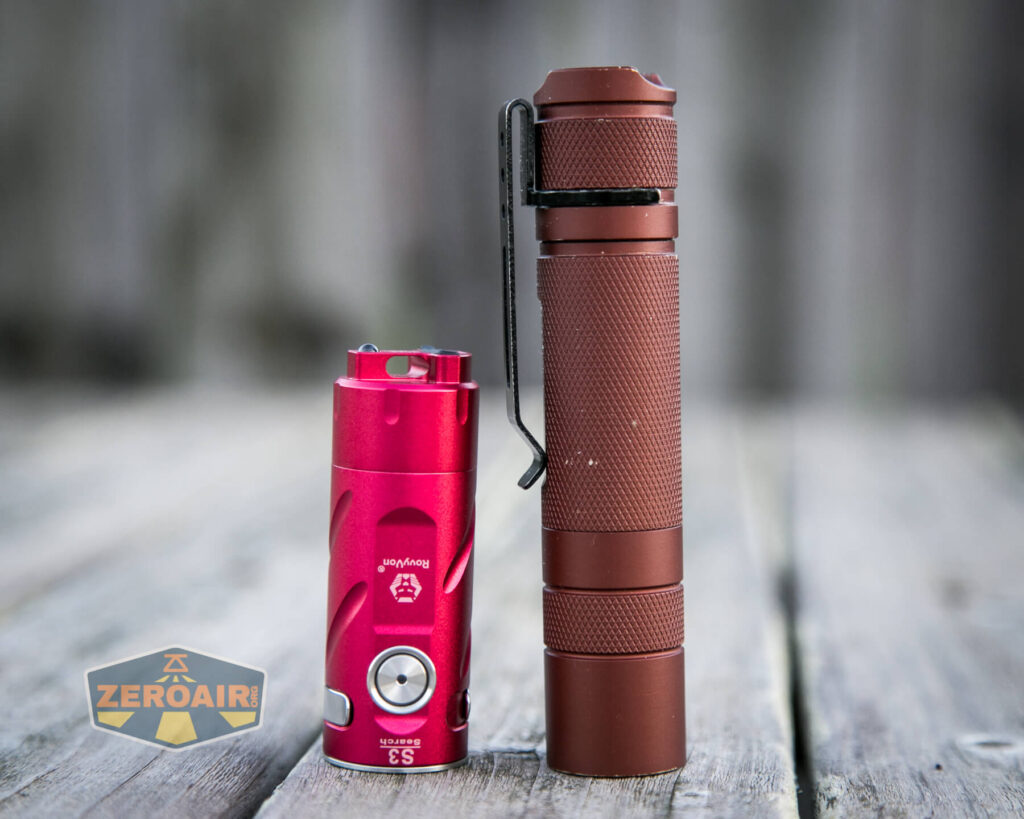


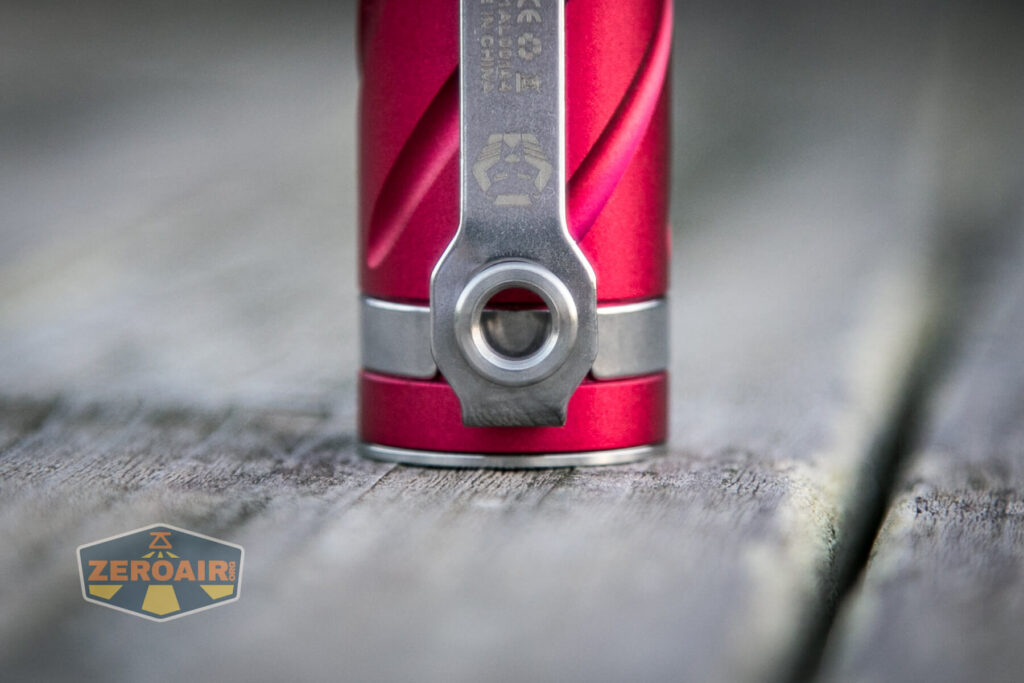




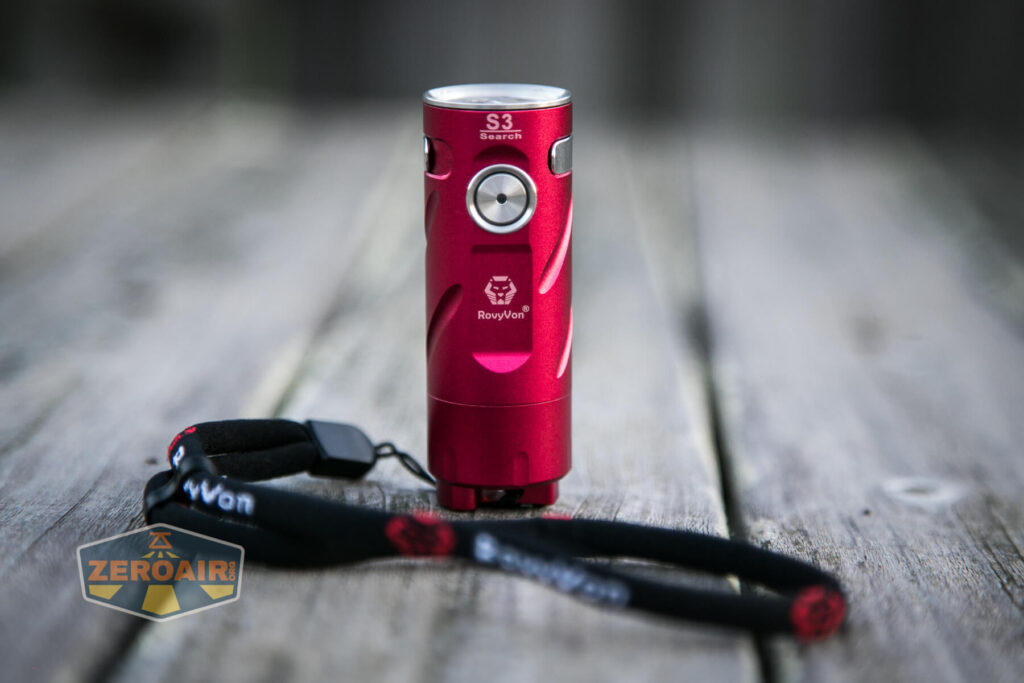



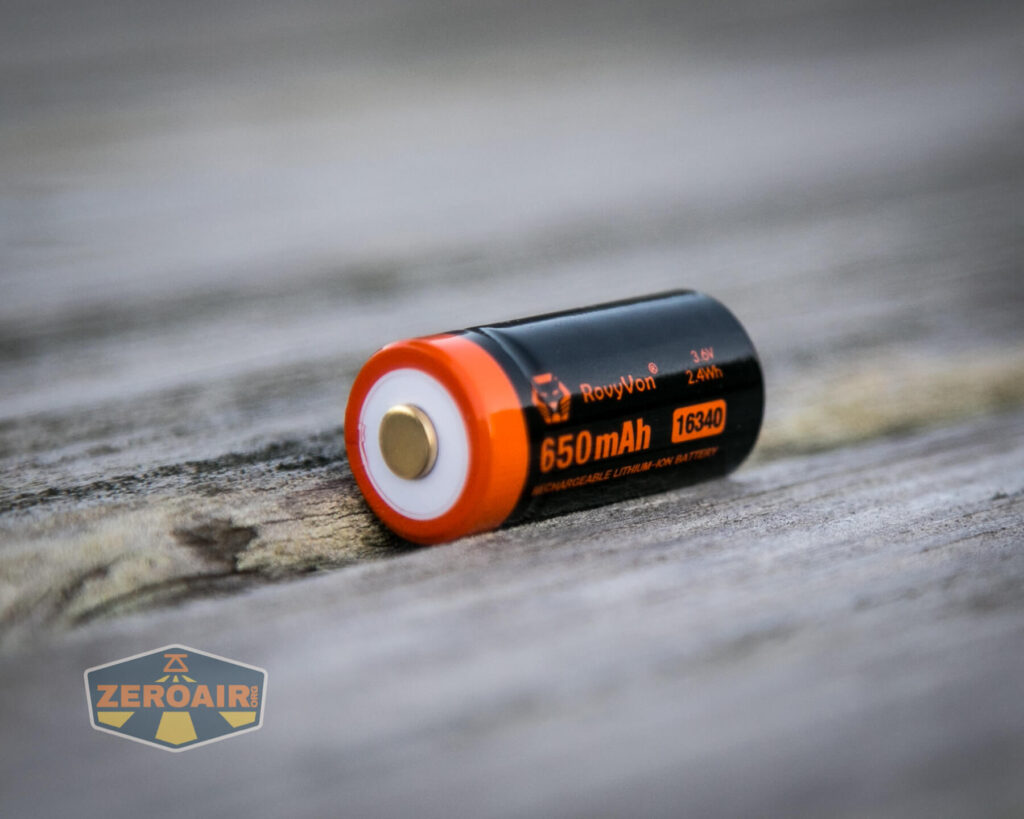











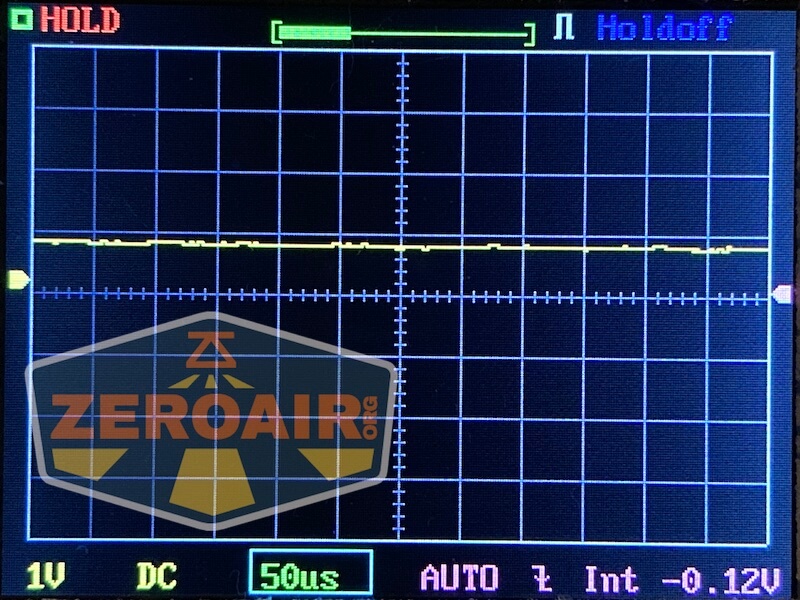

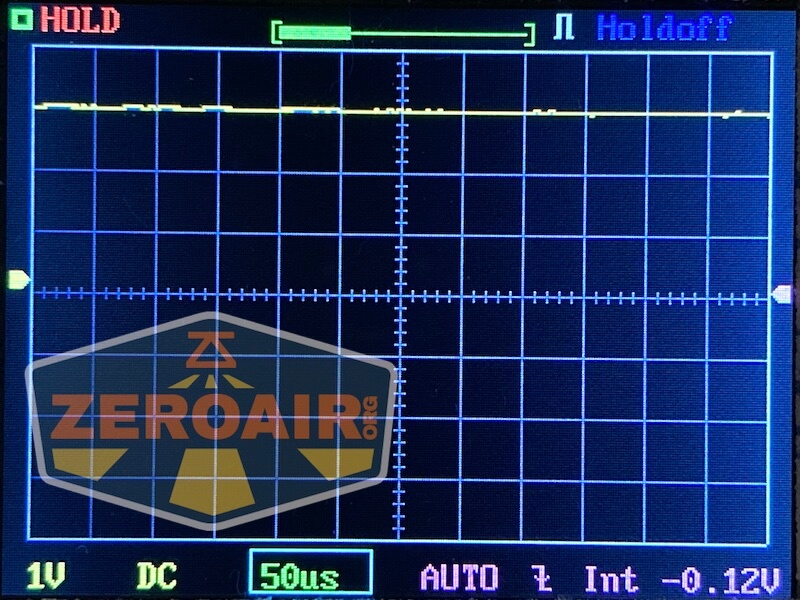
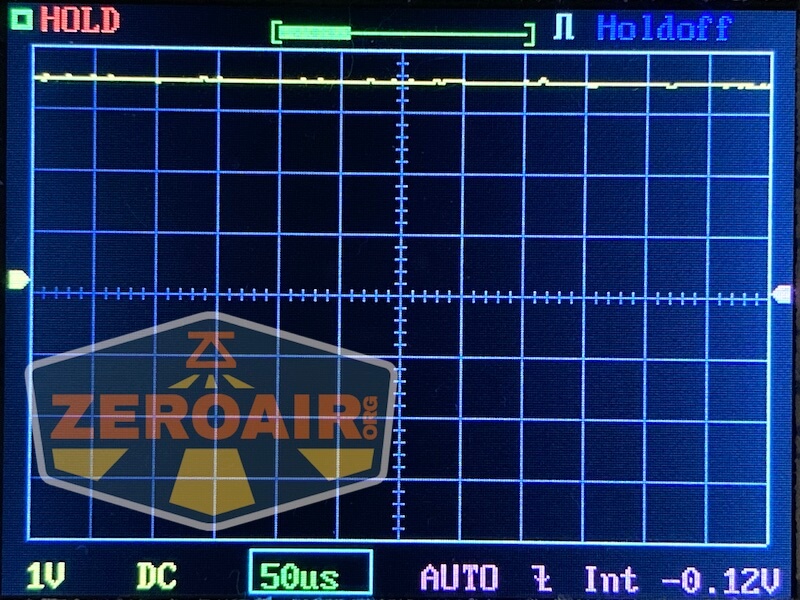


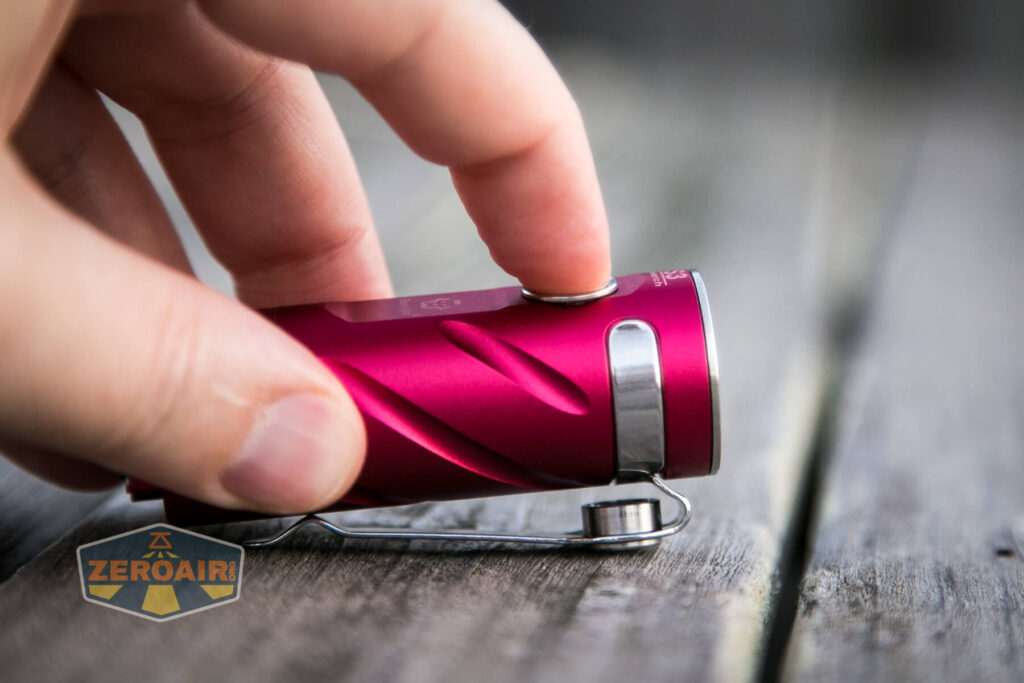

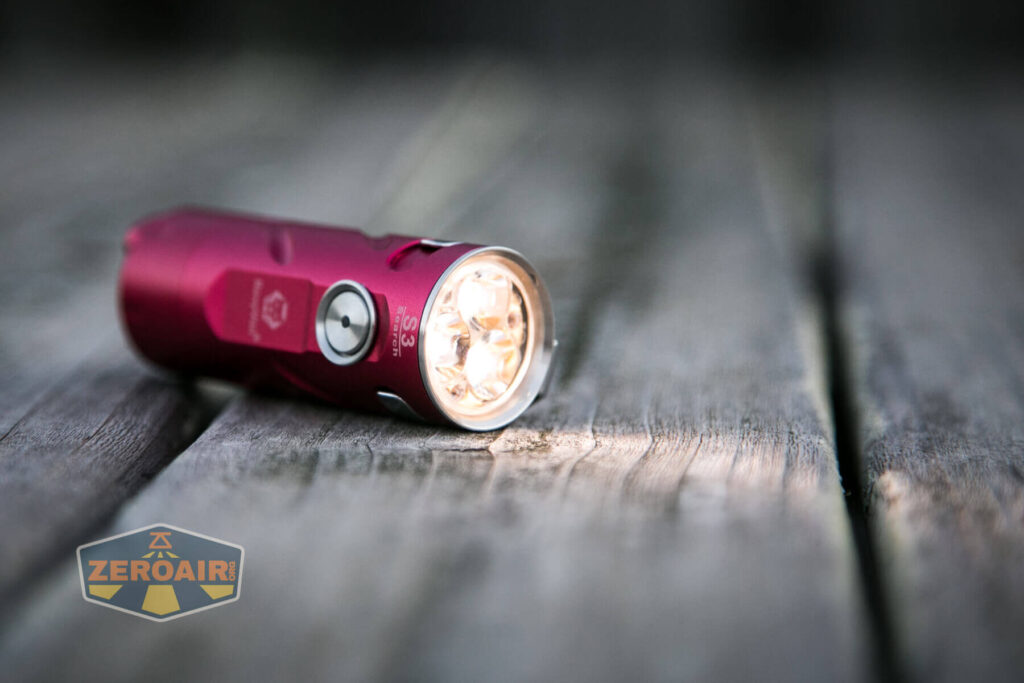



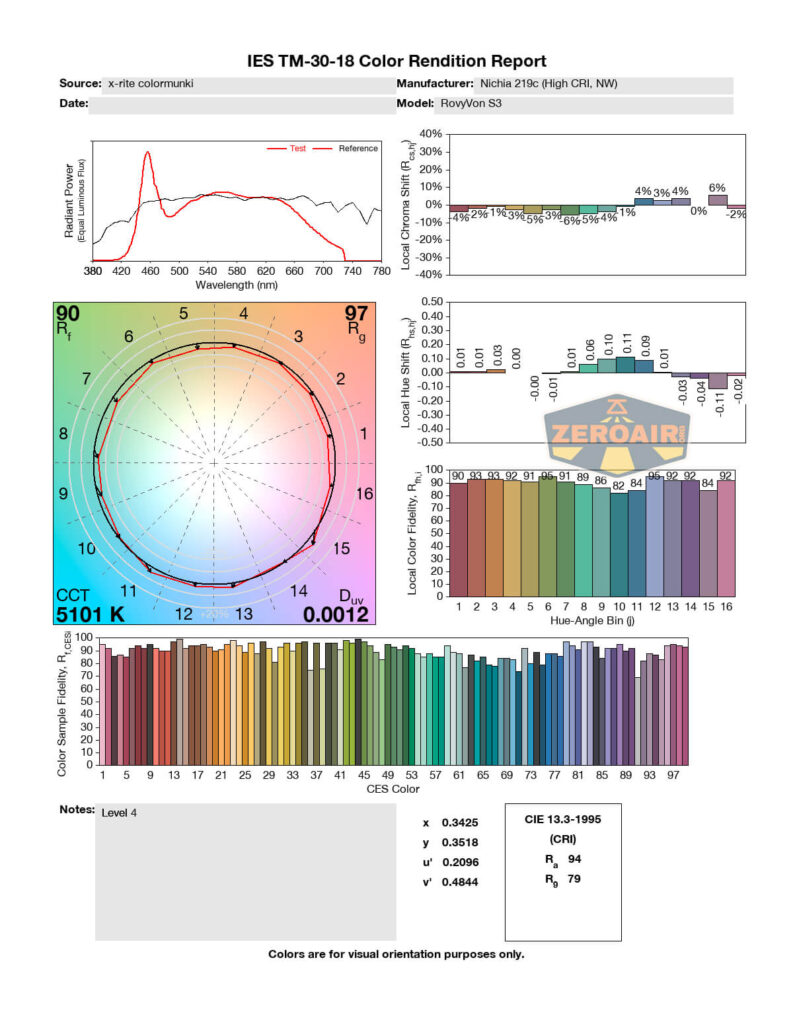

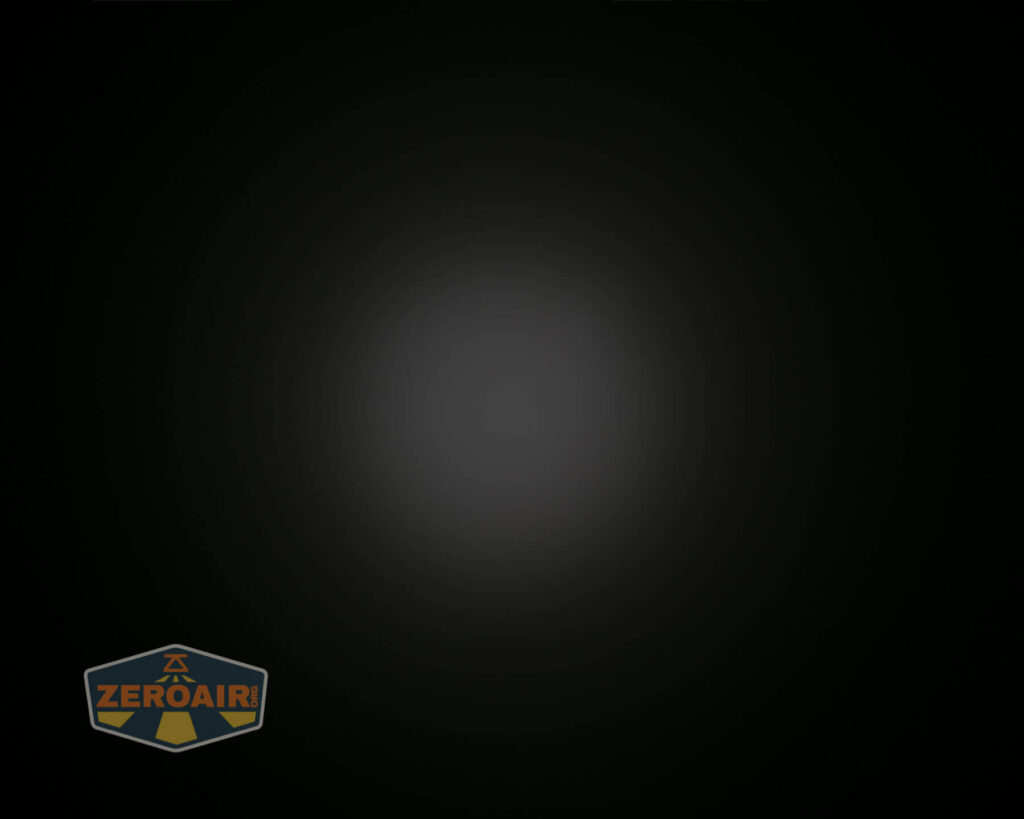




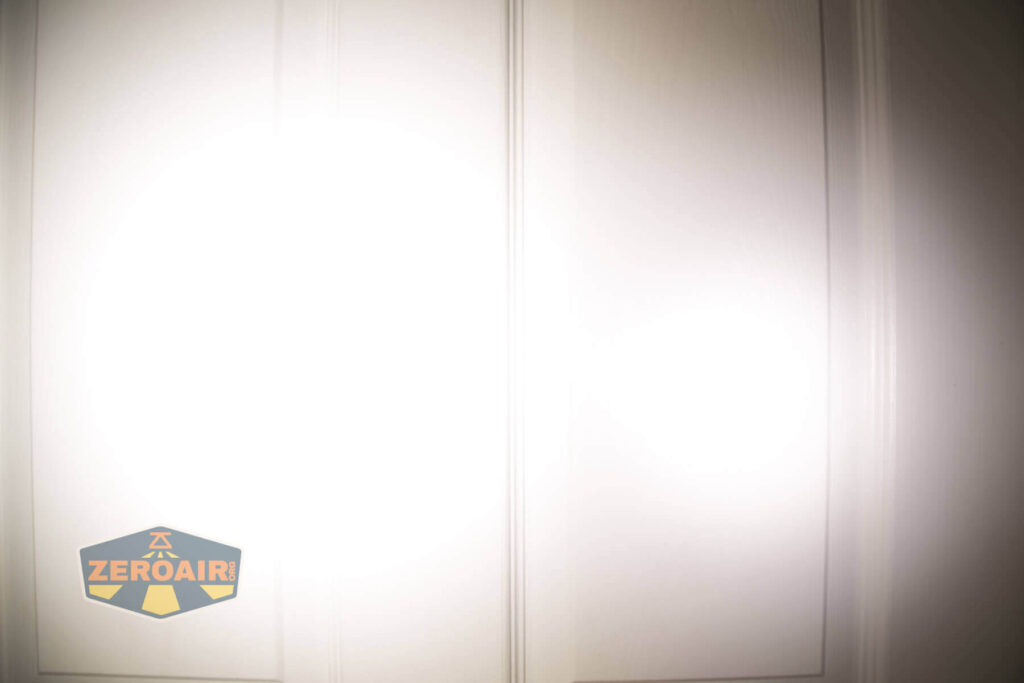
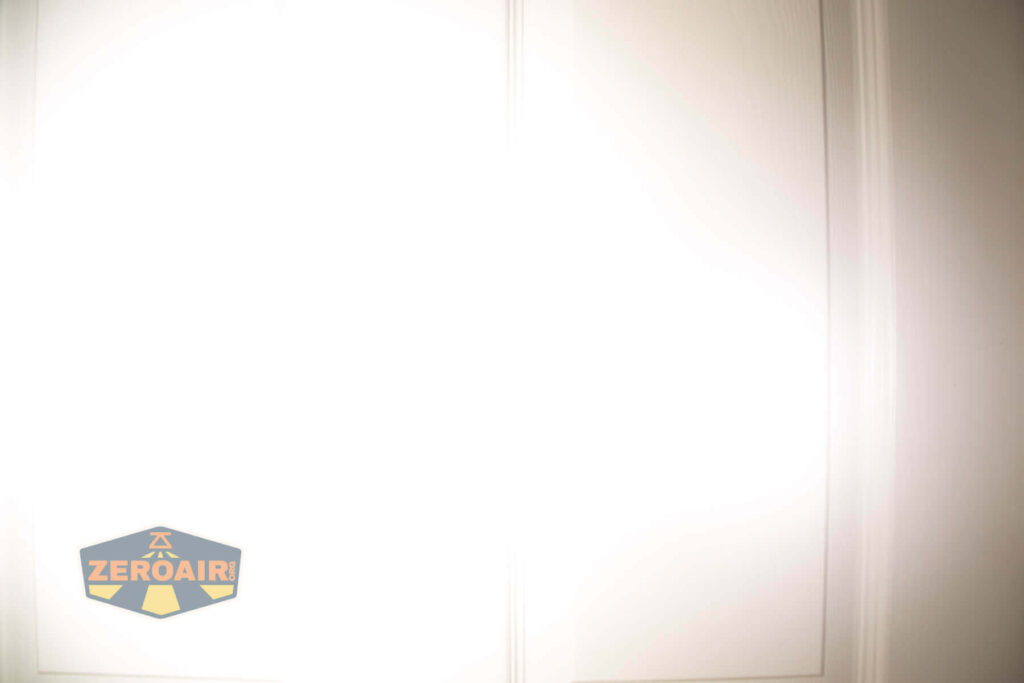
They should have gone with 18350 IMHO, larger capacity and I don’t think it would change the size of the light much.